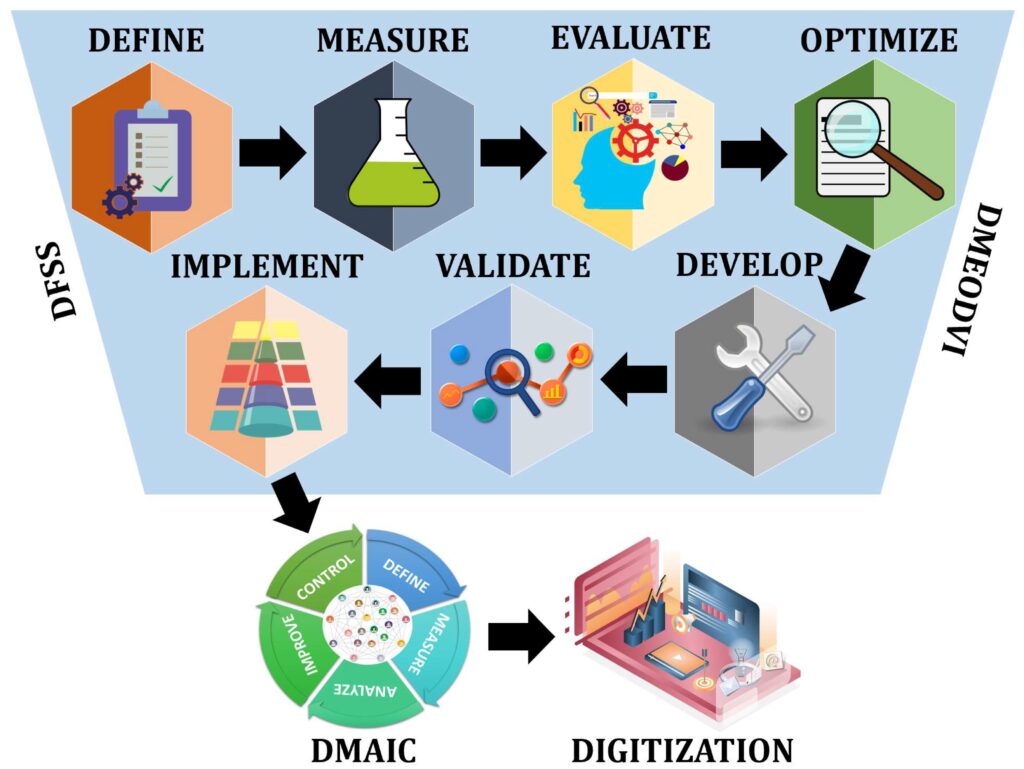Game engines have revolutionized the gaming industry by making it easier and more efficient for developers to create stunning games. A game engine is a software framework that provides developers with pre-built tools and systems. There are two types of engines: custom-built and third-party. Custom game engines are built by developers specifically for their games, while third-party engines are pre-built by external developers. Game engines include game mechanics, graphics rendering, physics engine, artificial intelligence, and audio engine. Game engines are a crucial building block of game development and their relevance will only continue to grow as the gaming industry evolves and expands.
The Building Blocks of Game Development: How Engines are Revolutionizing the Industry
Introduction
Game development is a complex process that involves a lot of different components. One of the most essential parts of game development is the game engine. A game engine is a software framework that game developers use to develop video games quickly and efficiently. It provides game developers with the necessary tools to create games by simplifying a lot of the processes needed to create the game.
What are Game Engines?
A game engine is a software framework that allows game developers to create games faster and easier by providing them with pre-built tools and systems. Game engines provide game developers with a wealth of resources including graphic rendering, physics engines, game mechanics, artificial intelligence, and audio engines. They make things easier for game developers by providing pre-existing code, easy-to-use tools, and intuitive workflows that make it easy to develop games without needing to write everything from scratch.
Types of Game Engines
There are two primary types of game engines: custom-built and third-party game engines. A custom-built engine is one created by the game development company itself. Third-party engines, on the other hand, are developed by other companies/coders and can be licensed or even used for free for game development
Custom Game Engines
Custom game engines are built by developers specifically for the games they are creating. Custom game engines provide developers with more control over their codebase, making it easier for them to work on specific features and customize the engine to their needs. The downside of custom game engines is that they take a lot of time to develop and can be costly as they require a team of developers and a lot of resources.
Third-Party Game Engines
Third-party game engines are pre-built game engines created by external developers. Third-party game engines are affordable and can be easily licensed, saving game developers a lot of time and resources in coding. Some popular game engines include Unity, Unreal Engine, and CryEngine. The advantage of third-party game engines is that they are user-friendly, easy-to-learn platforms allowing for rapid prototyping and direct integration with third-party services.
The Building Blocks of Game Engines
Game Mechanics
Game mechanics define how a player interacts with the game. It includes the rules, goals, and the functions that create gameplay. Game mechanics can be divided into two main categories: core mechanics, which define the primary gameplay loop, the interactions that occur, and the goals; and expansion mechanics, which add complexity to the game mechanics and allow game developers to add variety as the players make progress.
Graphics Rendering
Graphics Rendering encompasses everything from basic 2D graphics to complex 3D graphics, and it includes technologies such as lighting, texture mapping, shading, and other graphical processes. Game developers use graphics engines to create graphics for their games. Some popular graphics engines include Unreal Engine 4, Unity, and Frostbite. These engines allow game developers to create stunning graphics by rendering realistic lighting, shadows, and depth.
Physics Engine
Physics engines are responsible for simulating the physics in games. They are used to simulate gravity, collisions, and interactions between objects. A physics engine can be a separate component of the game engine or integrated into the graphics engine. Game developers use physics engines to make their games more realistic and immersive.
Artificial Intelligence
Artificial Intelligence (AI) involves the development of algorithms that allow non-player characters to act and react like real humans. Game developers use AI to create realistic characters that can learn and improve over time. The AI engine is responsible for creating enemy behaviors and the overall AI system that allows players to interact with the NPCs in the game.
Audio Engine
The audio engine is responsible for creating the sound effects and music in a game. Game developers use audio engines to create sound effects, music, and other audio components that form an essential part of the game’s experience. Audio engines utilize software technology to manipulate sound waves and create an immersive environment that keeps players engaged.
Conclusion
Game engines have revolutionized the gaming industry by making it easier and more efficient for game developers to create stunning games. With game engines, developers don’t need to spend a lot of time writing code from scratch. Instead, they can focus on creating gameplay and graphics, all while using pre-existing toolsets. The use of third-party game engines has made game development more affordable, making it accessible to more people. Game engines are a crucial building block of game development, and their relevance will only continue to grow as the gaming industry evolves and expands.
